Home>Gardening & Outdoor>Landscaping Ideas>When Is A Good Time To Cut The Grass
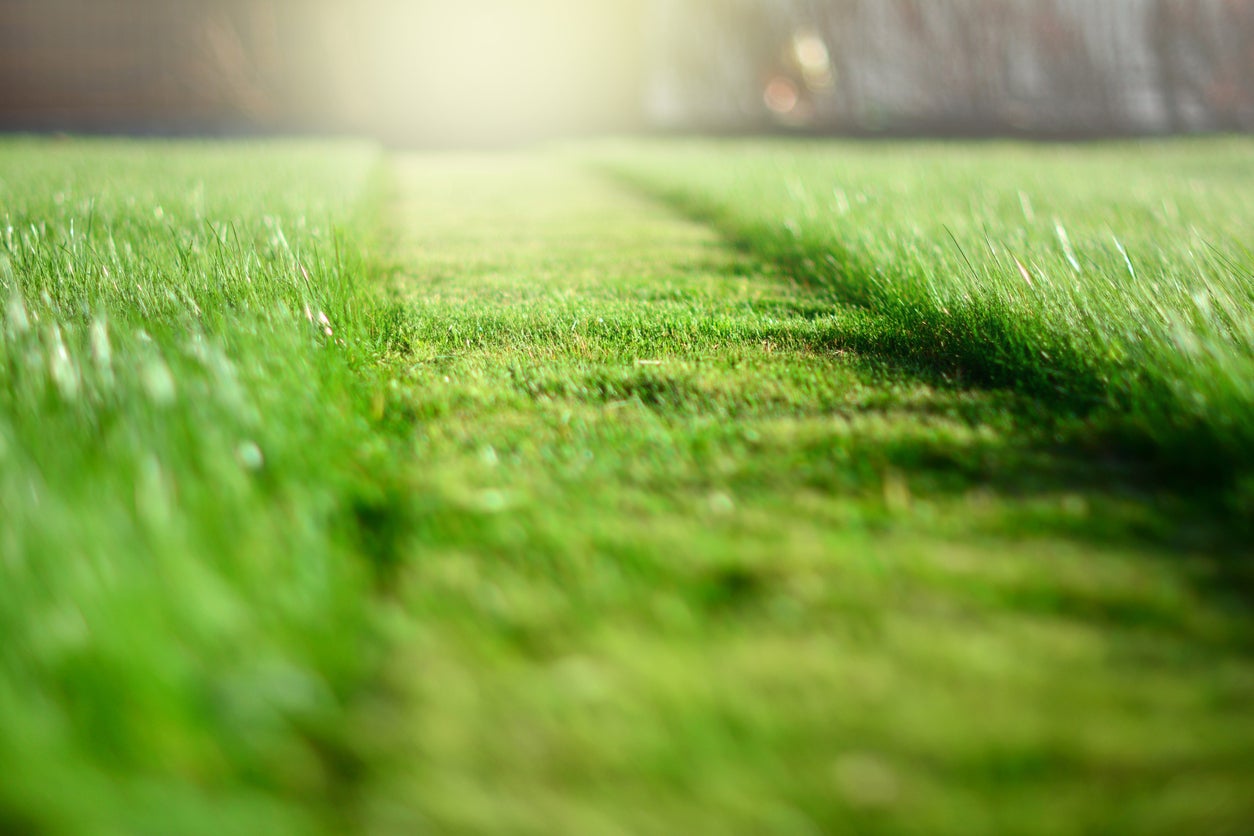

Landscaping Ideas
When Is A Good Time To Cut The Grass
Modified: September 2, 2024
Discover the best landscaping ideas and learn when is the perfect time to cut the grass for a lush, healthy lawn. Get expert tips and advice for maintaining your outdoor space.
(Many of the links in this article redirect to a specific reviewed product. Your purchase of these products through affiliate links helps to generate commission for Storables.com, at no extra cost. Learn more)
Factors to Consider Before Cutting the Grass
Before firing up the lawnmower and embarking on a grass-cutting adventure, it's essential to consider several factors to ensure that your lawn remains healthy and vibrant. By taking these elements into account, you can optimize the cutting process and contribute to the overall well-being of your grass.
Read more: What Time To Cut Grass On A Sunday
1. Grass Height
The height of the grass is a crucial factor to consider before mowing. Different types of grass have specific height requirements for optimal health. For instance, cool-season grasses like Kentucky bluegrass and fescue should be maintained at a height of 2.5 to 3.5 inches, while warm-season grasses such as Bermuda and Zoysia thrive when kept shorter, typically between 1 to 2 inches. It's important to adhere to these height guidelines to promote healthy growth and discourage weed invasion.
2. Soil Moisture
Assessing the moisture level of the soil is vital before mowing the lawn. Ideally, the soil should be moderately dry to prevent the grass from clumping and the mower from causing soil compaction. Mowing wet grass can lead to an uneven cut and potentially damage the grass blades, leaving the lawn susceptible to diseases. Therefore, it's advisable to avoid mowing immediately after heavy rainfall or irrigation.
3. Mower Blade Sharpness
The sharpness of the mower blades significantly impacts the health of the grass. Dull blades can tear the grass instead of cleanly cutting it, leading to a ragged appearance and making the grass more susceptible to diseases and stress. Before mowing, it's essential to inspect the mower blades and ensure they are sharp to achieve a clean and precise cut.
4. Weather Conditions
Considering the weather forecast is crucial when planning to mow the lawn. It's best to avoid mowing during extreme heat, as this can stress the grass and increase the risk of damage. Additionally, mowing during the cooler parts of the day, such as the early morning or late afternoon, can prevent the grass from experiencing shock and dehydration due to excessive moisture loss.
By taking these factors into consideration before cutting the grass, you can contribute to the overall health and appearance of your lawn. Adhering to these guidelines ensures that the grass remains lush, vibrant, and resilient, creating an inviting outdoor space for relaxation and enjoyment.
Key Takeaways:
- Timing is crucial for grass cutting. Early morning or late afternoon is best to avoid stress on the grass and promote healthy regrowth.
- Consider grass growth rate, weather, and soil moisture for optimal cutting frequency. Adhere to the “one-third rule” to maintain grass health.
Read more: When To Cut Liriope Grass
Best Time of Day to Cut the Grass
The timing of your grass-cutting endeavors can significantly impact the health and appearance of your lawn. Selecting the best time of day to mow the grass is essential for promoting optimal growth and maintaining the overall well-being of your lawn.
Early Morning Advantage
Mowing the grass in the early morning, before the sun reaches its peak, offers several advantages. During this time, the weather is typically cooler, and the dew from the night has usually dried off. These conditions are favorable for the grass as they help prevent the freshly cut blades from losing excessive moisture, which can occur during the hotter parts of the day. Additionally, mowing in the early morning allows the grass to recover throughout the day, benefiting from the ample sunlight and optimal growing conditions.
Late Afternoon Considerations
Another suitable time for grass cutting is during the late afternoon or early evening. As the sun begins to descend, the temperature becomes milder, and the grass has had the opportunity to benefit from the full day of sunlight. Mowing during this time allows the grass to recover overnight, promoting healthy regrowth and minimizing stress on the lawn. However, it's important to avoid mowing too late in the evening, as the grass may not have sufficient time to recover before nightfall.
Midday Caution
Mowing the lawn during the midday heat should generally be avoided. The intense sun and high temperatures can place stress on the grass, leading to moisture loss and potential damage. Additionally, the heat from the sun can cause the freshly cut grass to wither quickly, hindering its ability to recover effectively. Therefore, it's advisable to steer clear of midday mowing to prevent undue strain on the grass and ensure its continued health and vitality.
Read more: When To Cut Teff Grass
Summary
In essence, the best time of day to cut the grass is either in the early morning or late afternoon, taking advantage of the cooler temperatures and allowing the grass to recover and thrive. By being mindful of the timing of your grass-cutting activities, you can contribute to the overall well-being of your lawn, fostering lush, vibrant, and resilient grass that enhances the beauty of your outdoor space.
Frequency of Grass Cutting
The frequency of grass cutting is a crucial aspect of lawn maintenance that directly impacts the health and appearance of your grass. Determining the optimal frequency for mowing your lawn involves considering various factors, including the grass type, growth rate, and seasonal variations.
-
Grass Growth Rate: Understanding the growth rate of your grass is fundamental in establishing a suitable mowing schedule. Different grass species exhibit varying growth patterns, with some growing more rapidly than others. For instance, cool-season grasses such as Kentucky bluegrass and fescue tend to grow at a faster rate during the spring and fall, necessitating more frequent mowing during these seasons. On the other hand, warm-season grasses like Bermuda and Zoysia typically experience accelerated growth in the summer, requiring regular mowing to maintain an optimal height.
-
Seasonal Considerations: The frequency of grass cutting is also influenced by seasonal changes. During the peak growing seasons, which vary depending on the grass type and climate, more frequent mowing may be necessary to prevent the grass from becoming overgrown and unkempt. Conversely, in periods of dormancy or slower growth, such as winter for warm-season grasses, the mowing frequency can be reduced to accommodate the grass's natural growth rhythm.
-
Ideal Mowing Interval: In general, a good rule of thumb for grass cutting frequency is to adhere to the "one-third rule." This guideline suggests that only one-third of the grass blade should be removed with each mowing session. By following this principle, you can maintain an appropriate grass height while avoiding the stress and potential damage associated with cutting the grass too short. For most grass types, this translates to mowing approximately once a week during the peak growing season, adjusting the frequency based on growth rate and weather conditions.
-
Adaptation to Weather Conditions: Weather fluctuations, such as periods of heavy rainfall or drought, can impact the frequency of grass cutting. In times of rapid growth spurred by abundant rainfall, more frequent mowing may be necessary to prevent the grass from becoming excessively long and unruly. Conversely, during dry spells, the grass growth rate may slow down, allowing for a reduction in mowing frequency to accommodate the grass's needs.
By carefully considering the growth rate, seasonal variations, and weather conditions, you can establish an appropriate frequency for cutting the grass. This approach ensures that your lawn remains well-maintained, promoting healthy growth and a visually appealing landscape throughout the year.
Weather Conditions for Grass Cutting
The weather conditions during grass cutting play a pivotal role in determining the success of your lawn maintenance efforts. By aligning your grass-cutting activities with favorable weather conditions, you can promote the health and vitality of your lawn while achieving a well-groomed and aesthetically pleasing landscape.
Ideal Temperature Range
Optimal grass-cutting weather typically occurs when the temperature is moderate, generally ranging between 60°F and 80°F (15°C to 26°C). Mowing the lawn during these temperature ranges minimizes stress on the grass and allows for efficient recovery. Additionally, cooler temperatures reduce the risk of moisture loss, ensuring that the freshly cut grass retains its hydration and resilience.
Read more: When To Cut Your Grass
Dry Weather Preference
Mowing the lawn when the weather is dry is highly advantageous for several reasons. Dry grass is easier to cut, resulting in a cleaner and more precise trim. Furthermore, mowing dry grass helps prevent clumping, which can hinder the grass's ability to breathe and receive adequate sunlight. Additionally, dry weather minimizes the risk of soil compaction caused by heavy mowers, preserving the soil structure and promoting healthy root development.
Avoiding Wet Conditions
Conversely, it's crucial to avoid mowing the lawn immediately after heavy rainfall or during periods of excessive moisture. Wet grass is more prone to clumping, making it challenging to achieve an even and uniform cut. Mowing wet grass can also lead to the spread of fungal diseases and create an environment conducive to weed growth. Moreover, the weight of the mower on wet soil can contribute to soil compaction, impeding the grass's access to essential nutrients and oxygen.
Wind Considerations
While often overlooked, wind conditions can significantly impact the grass-cutting process. Mowing the lawn during excessively windy conditions can result in uneven cutting patterns and make it challenging to collect grass clippings effectively. Additionally, strong winds can cause the freshly cut grass to disperse unevenly, leading to an unkempt appearance and potential damage to the lawn.
Read more: When To Cut Teff Grass
Summary
In essence, selecting the appropriate weather conditions for grass cutting is essential for maintaining a healthy and visually appealing lawn. By prioritizing moderate temperatures, dry weather, and calm wind conditions, you can optimize the grass-cutting process, contributing to the overall well-being of your lawn and creating an inviting outdoor space for relaxation and enjoyment.
Frequently Asked Questions about When Is A Good Time To Cut The Grass
Was this page helpful?
At Storables.com, we guarantee accurate and reliable information. Our content, validated by Expert Board Contributors, is crafted following stringent Editorial Policies. We're committed to providing you with well-researched, expert-backed insights for all your informational needs.
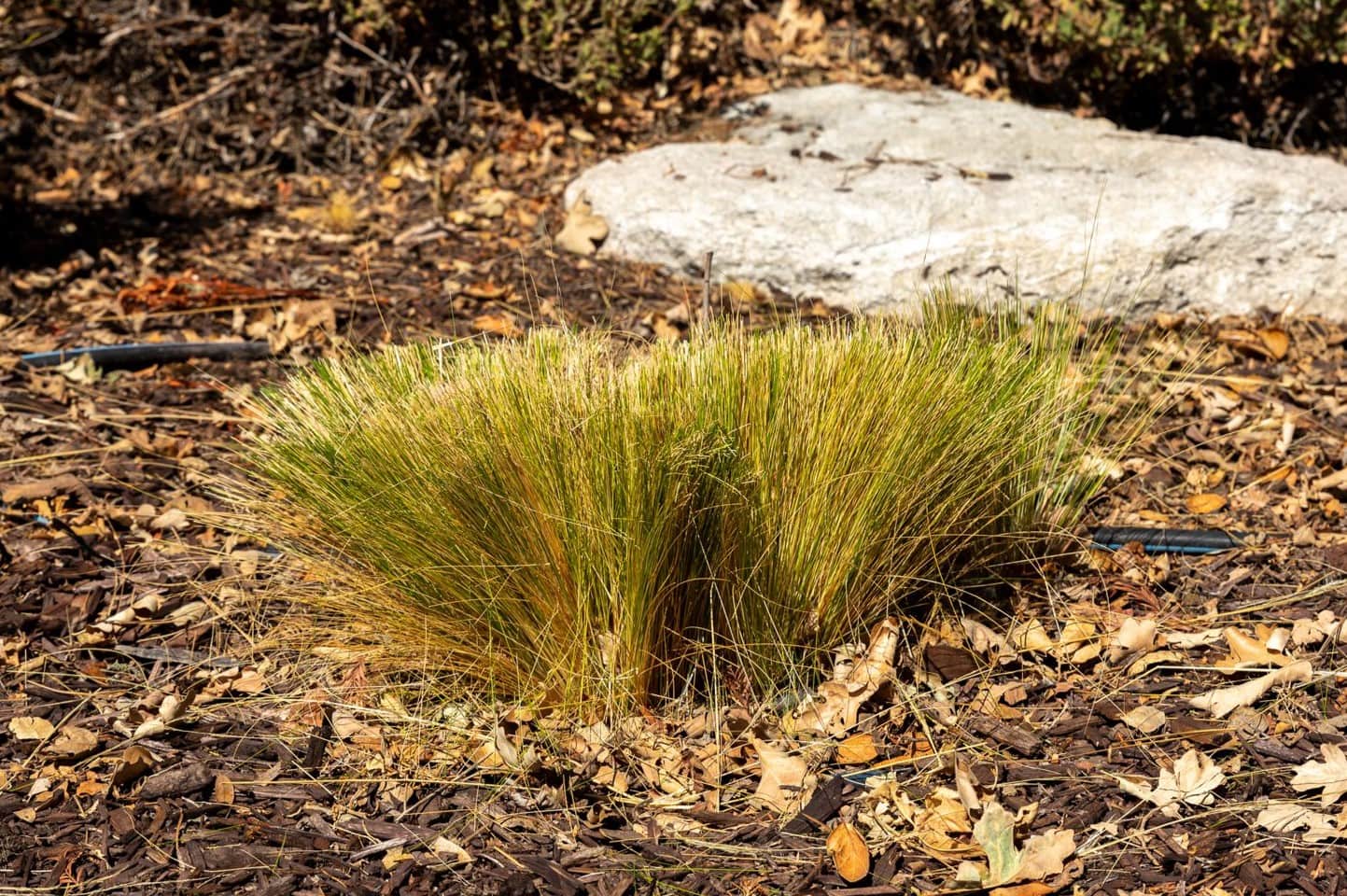
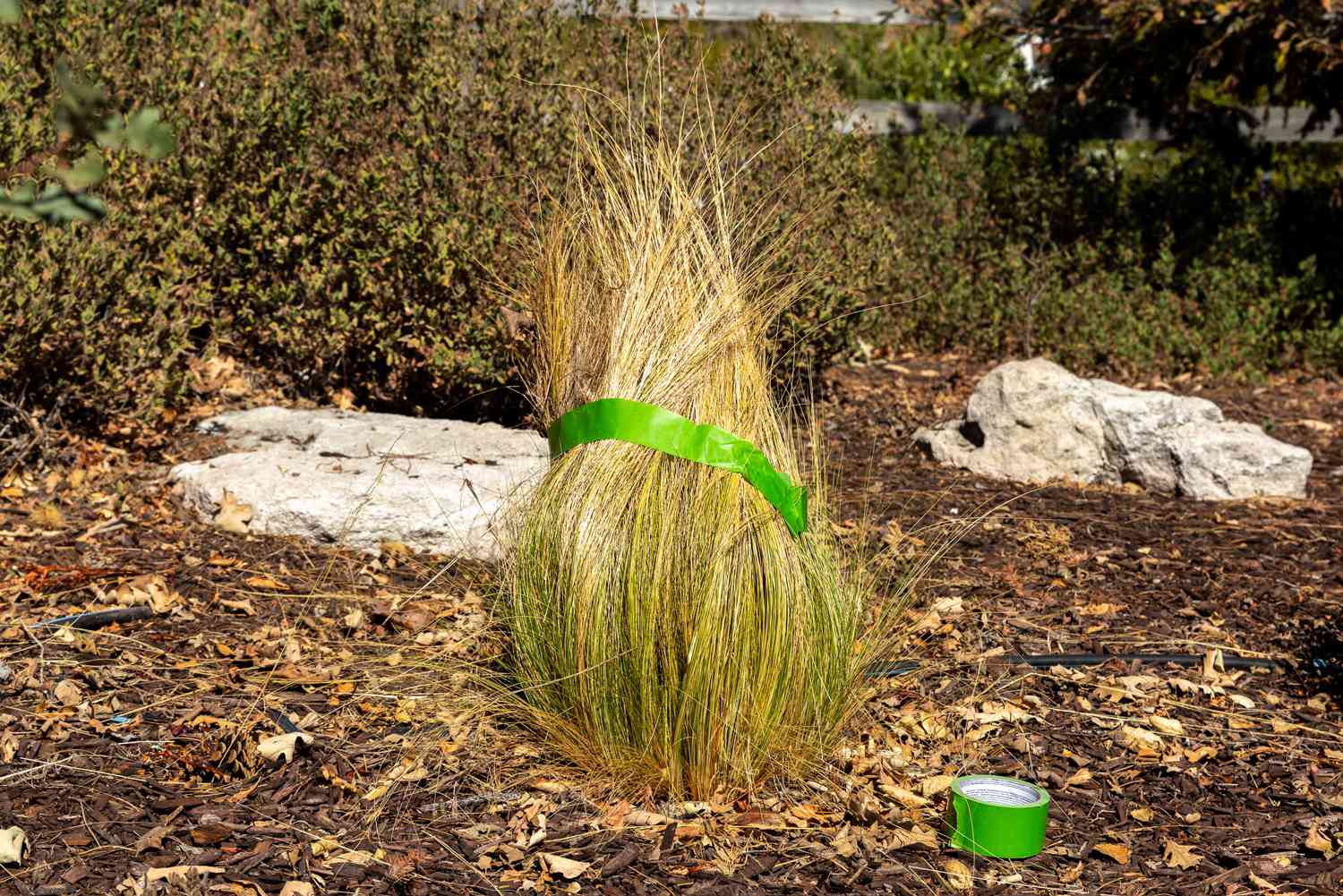
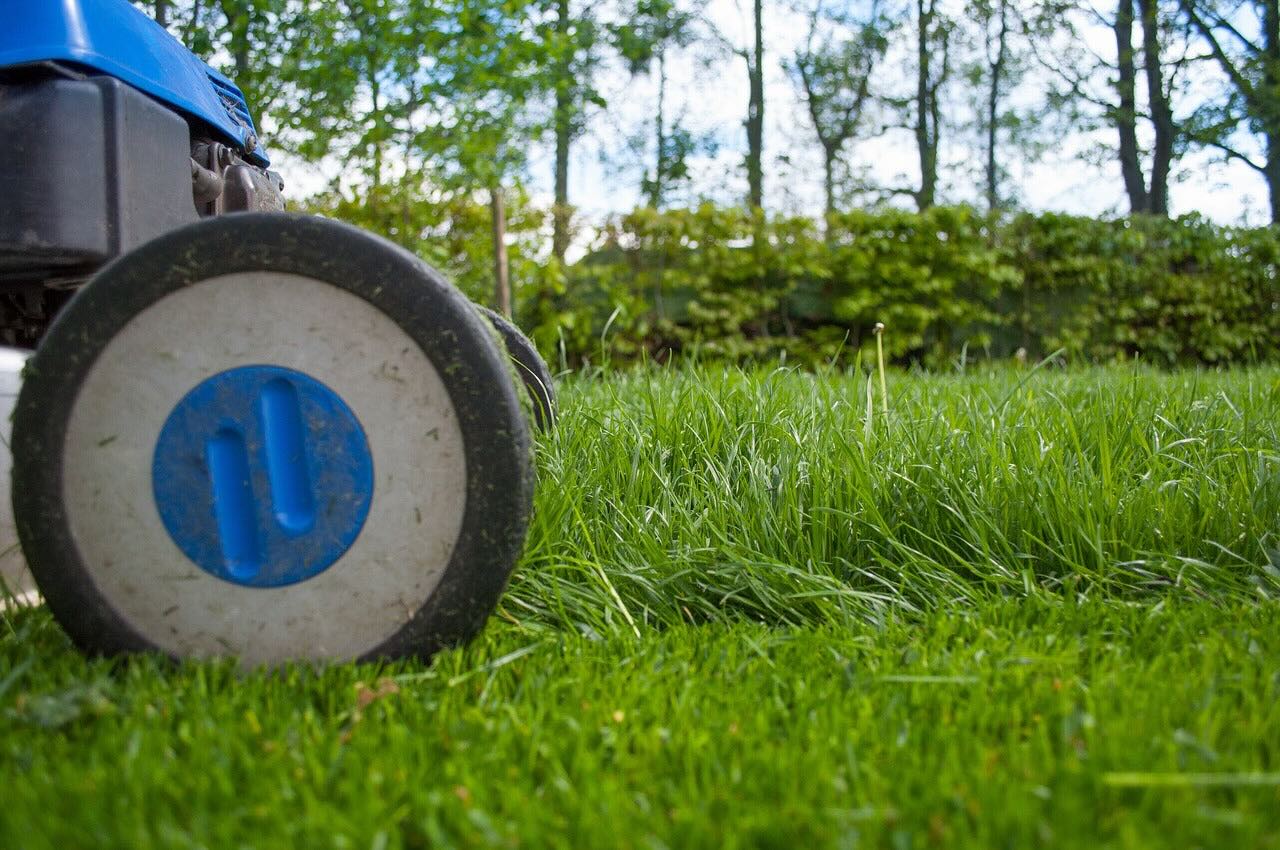

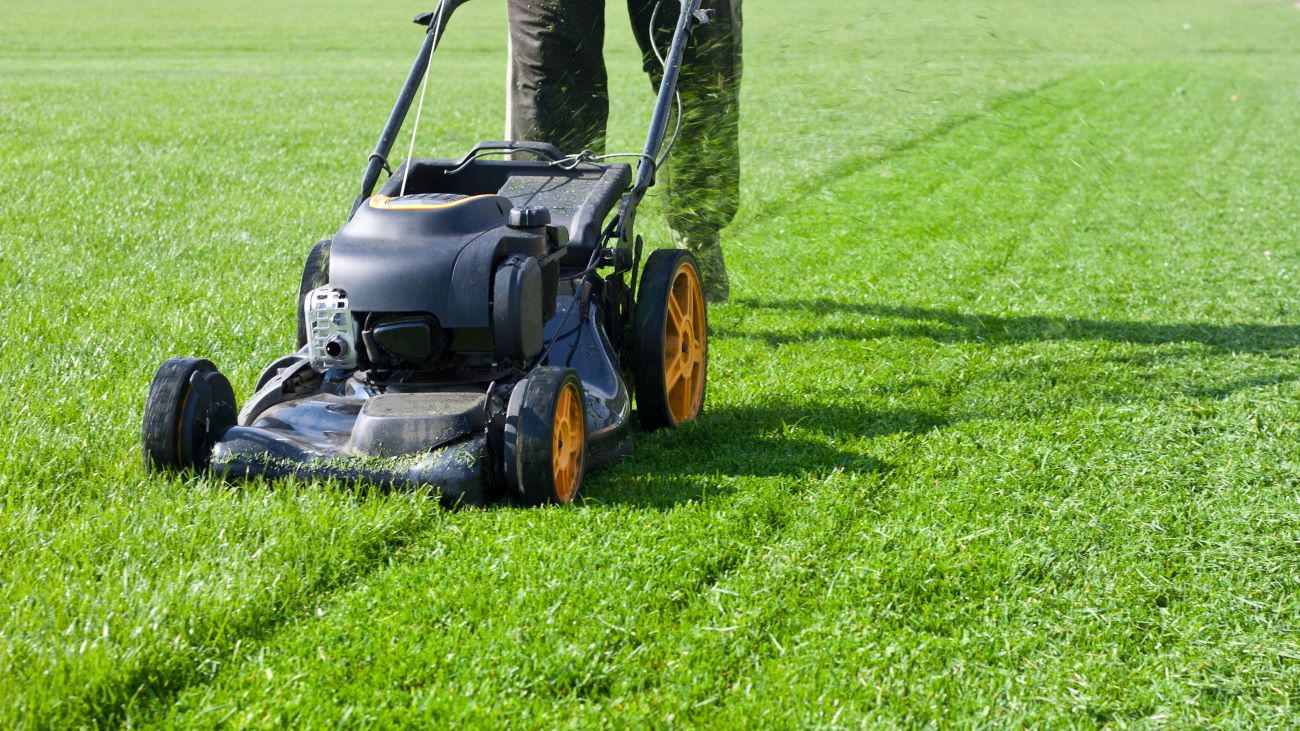
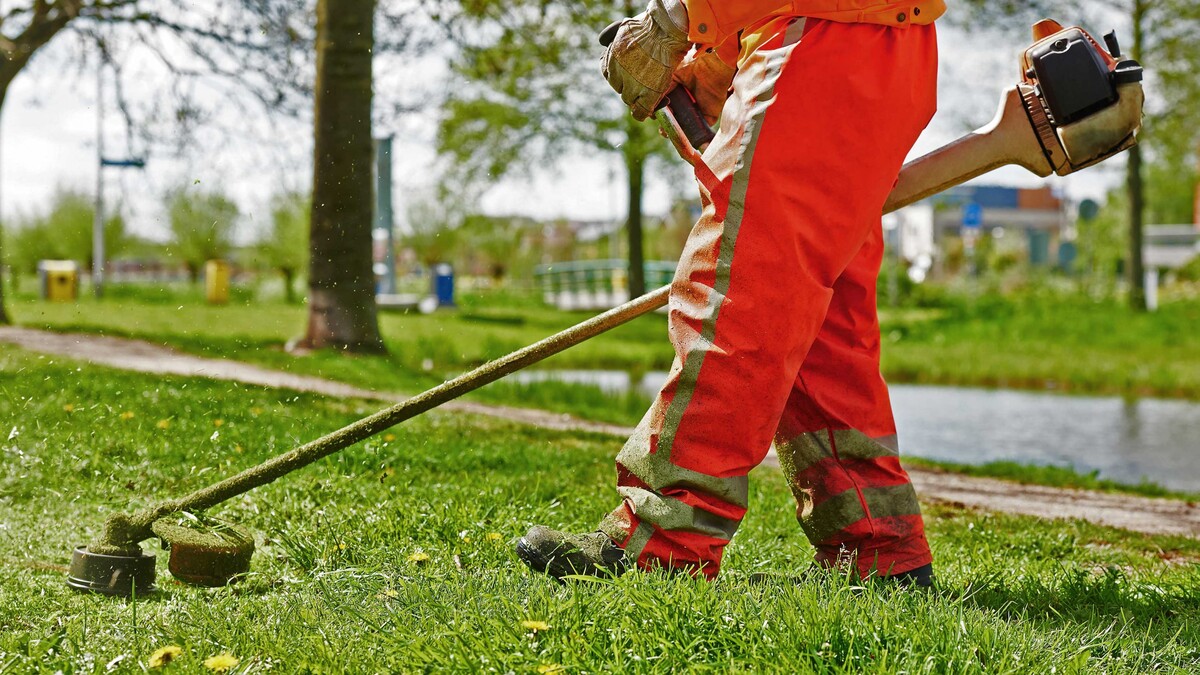
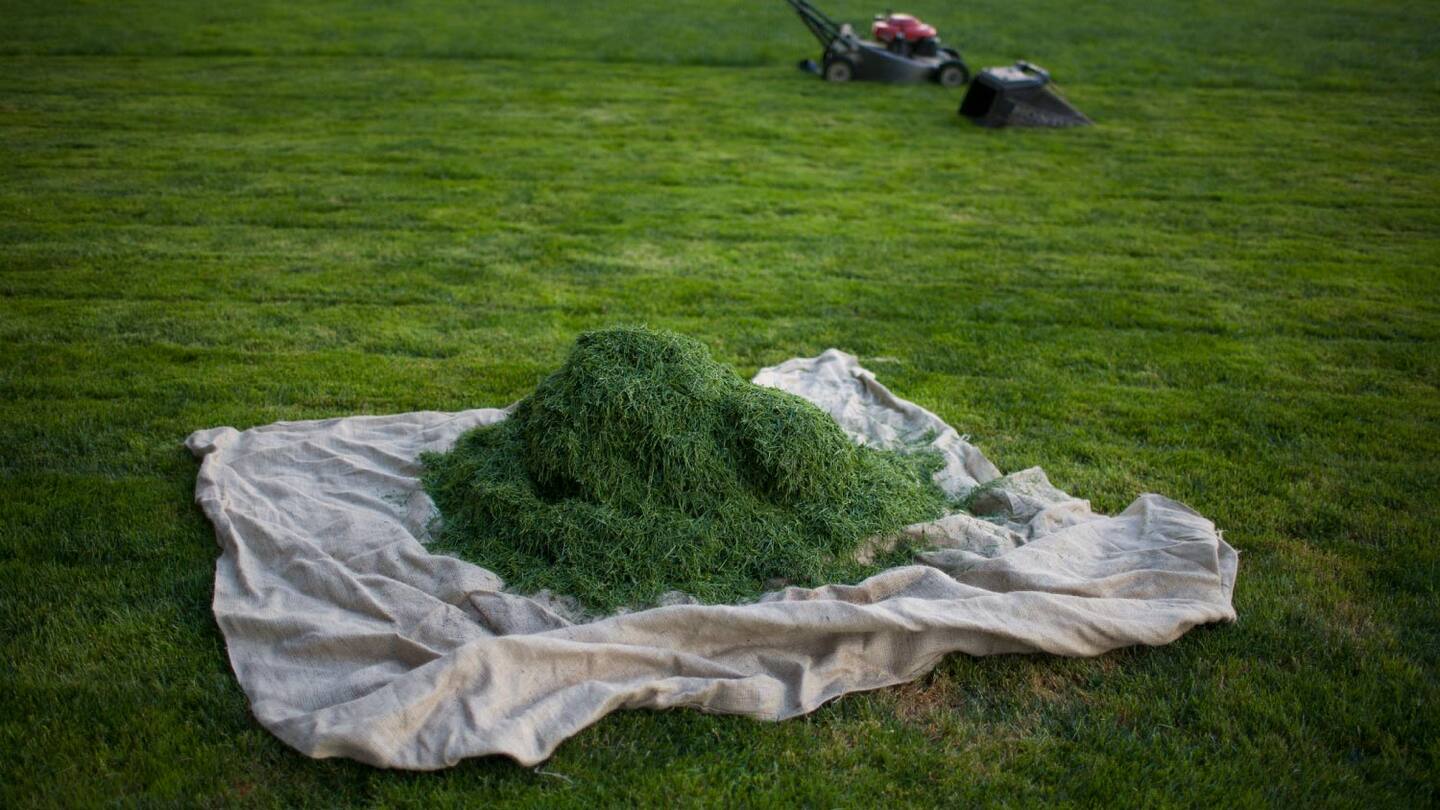
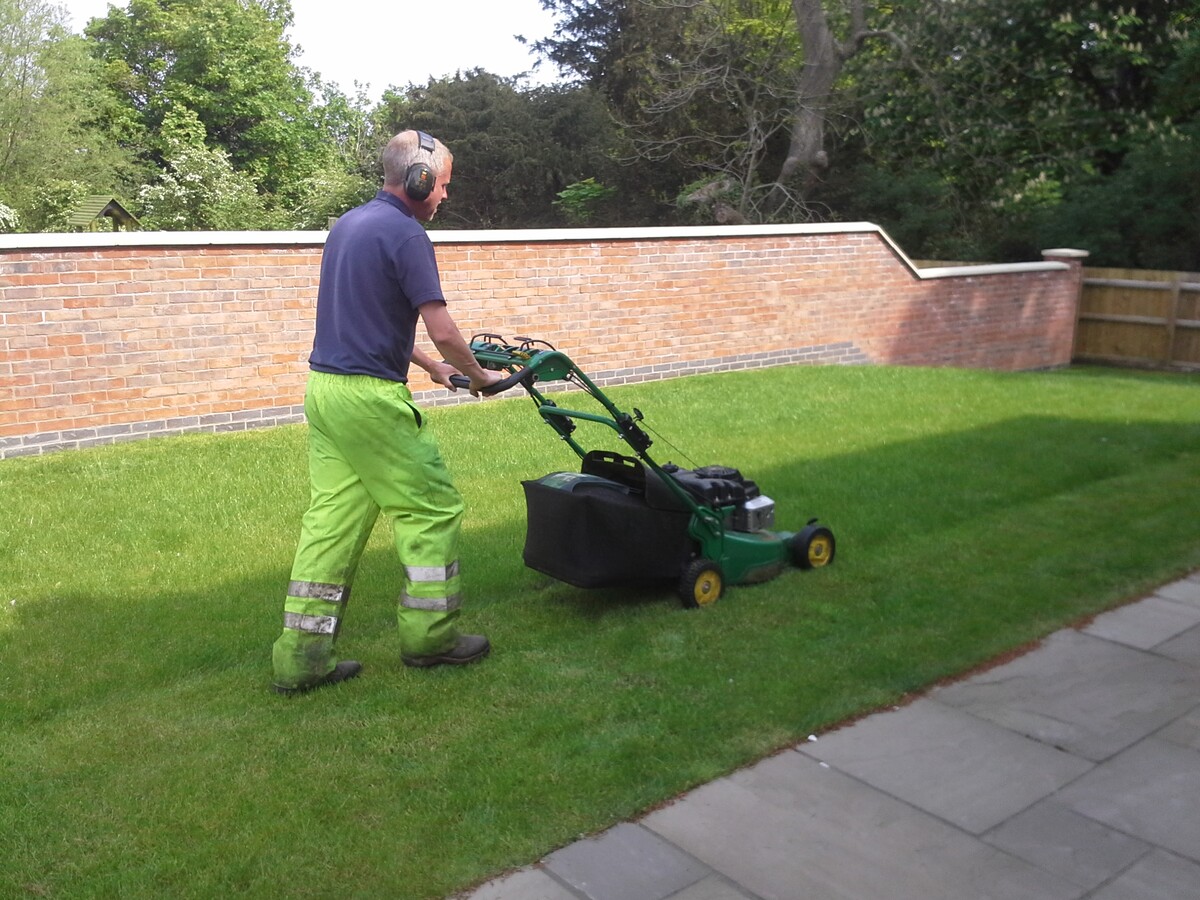
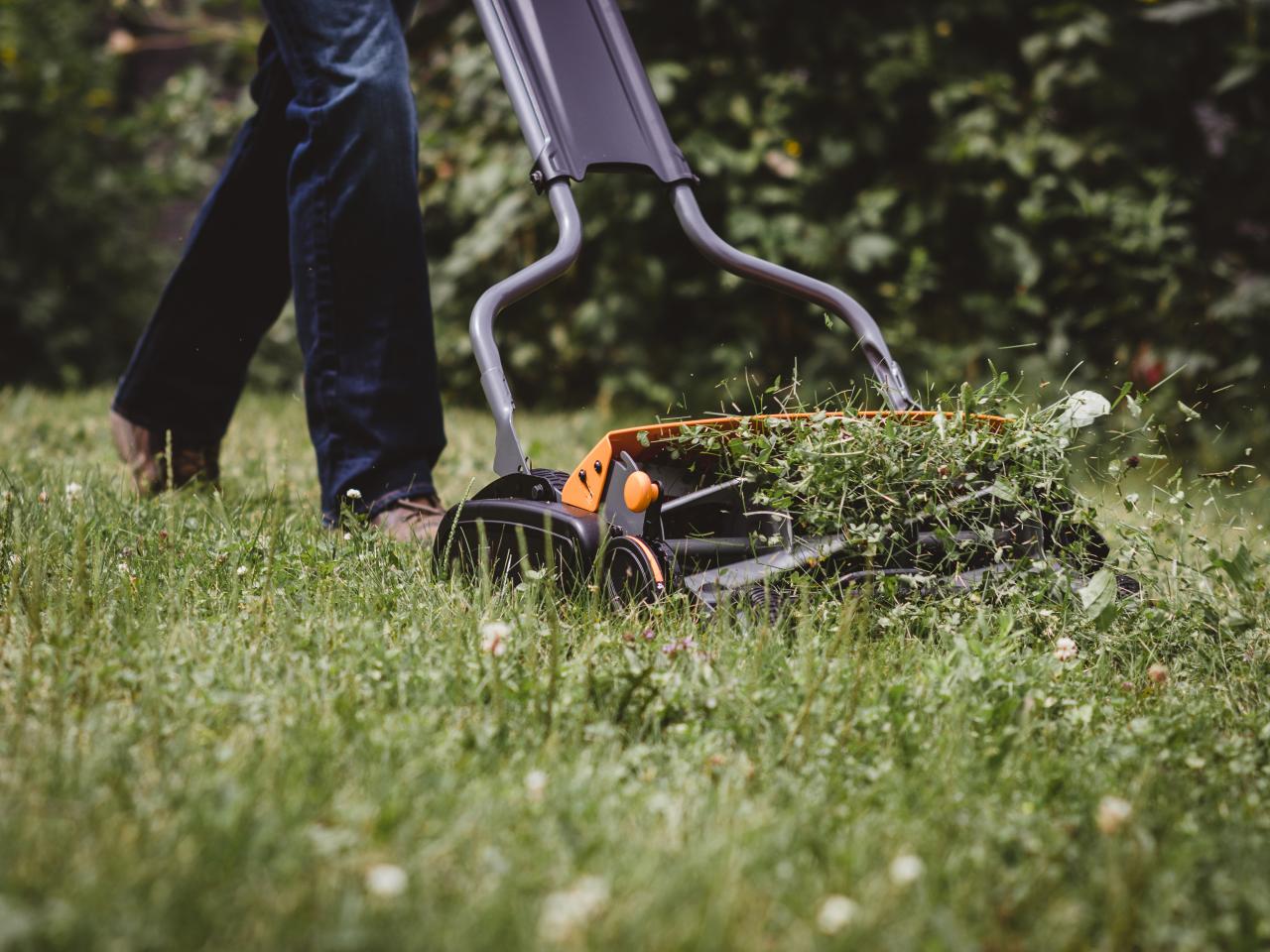
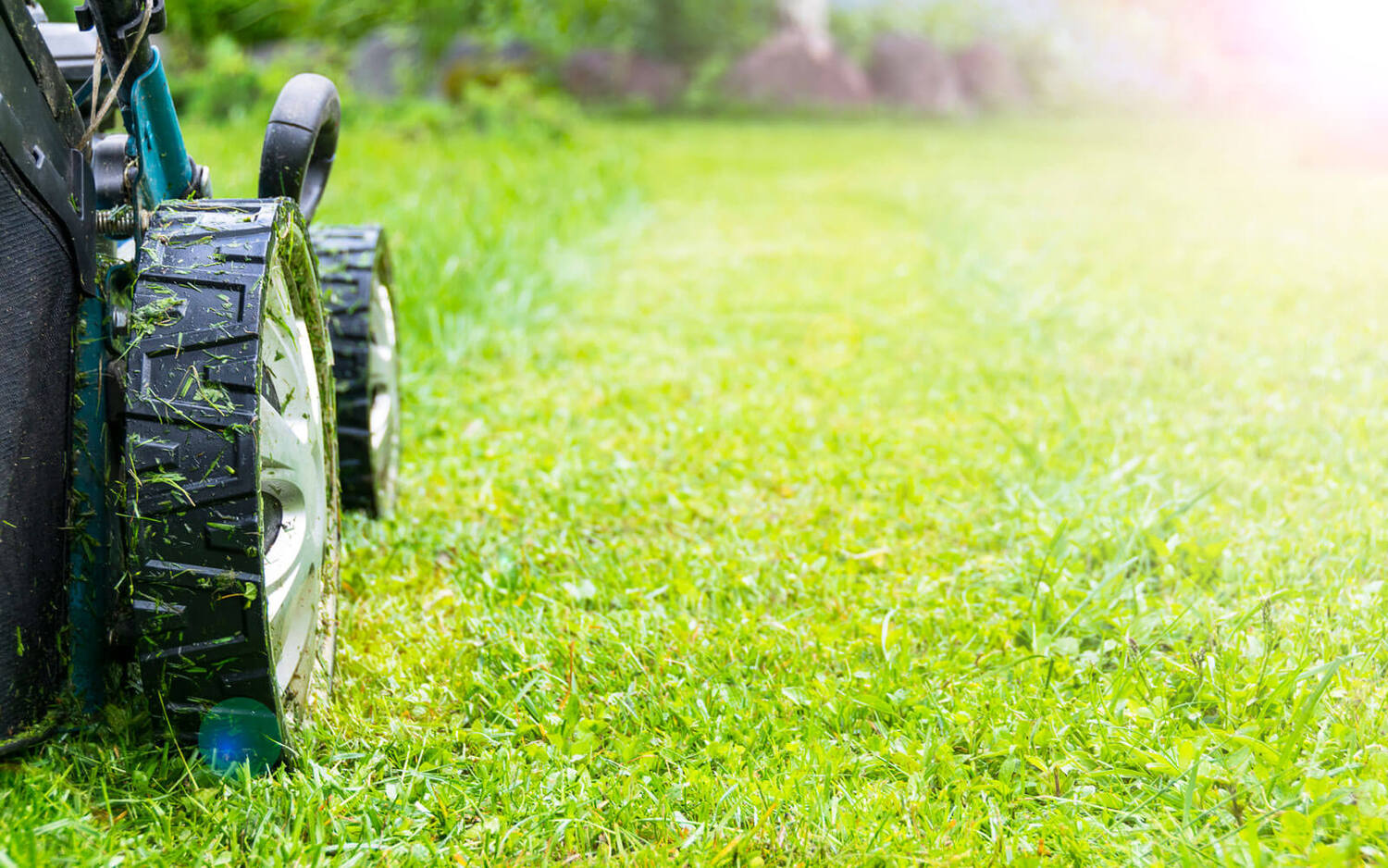
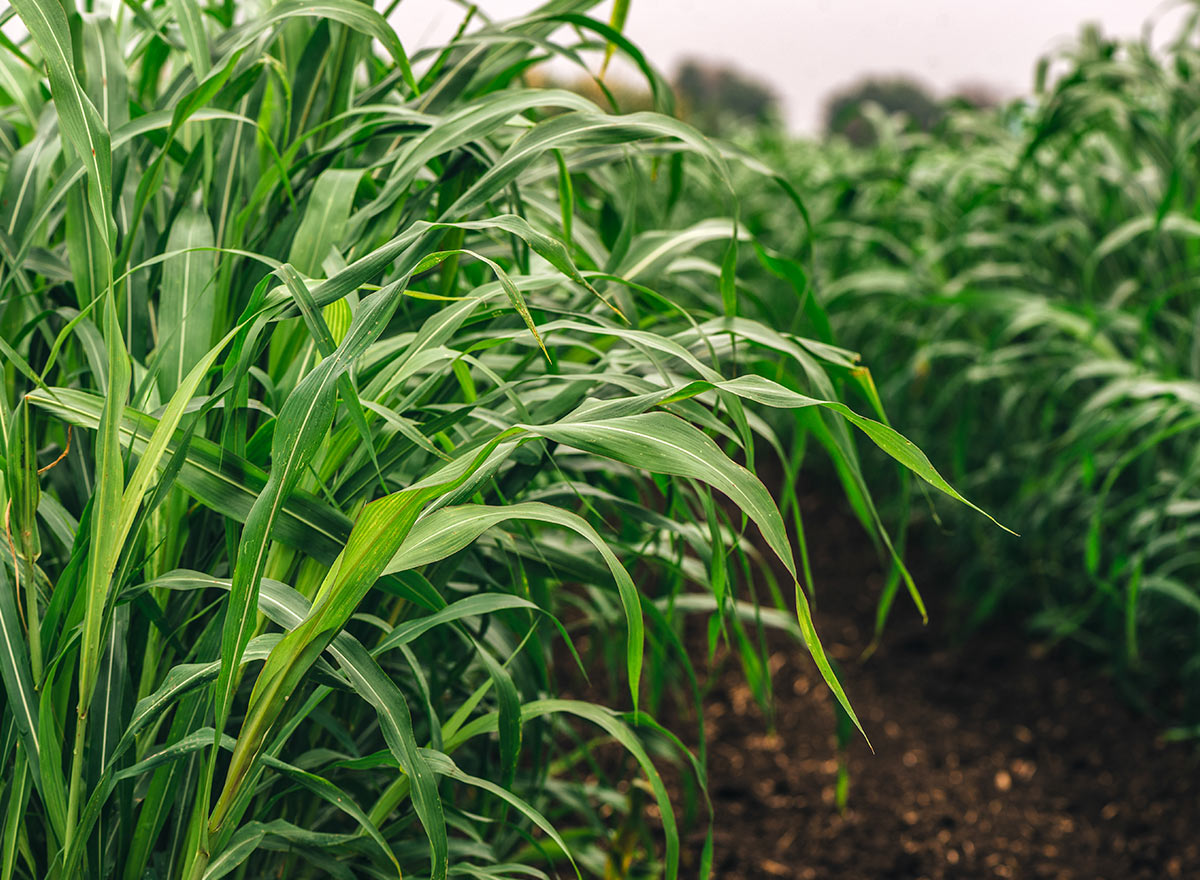
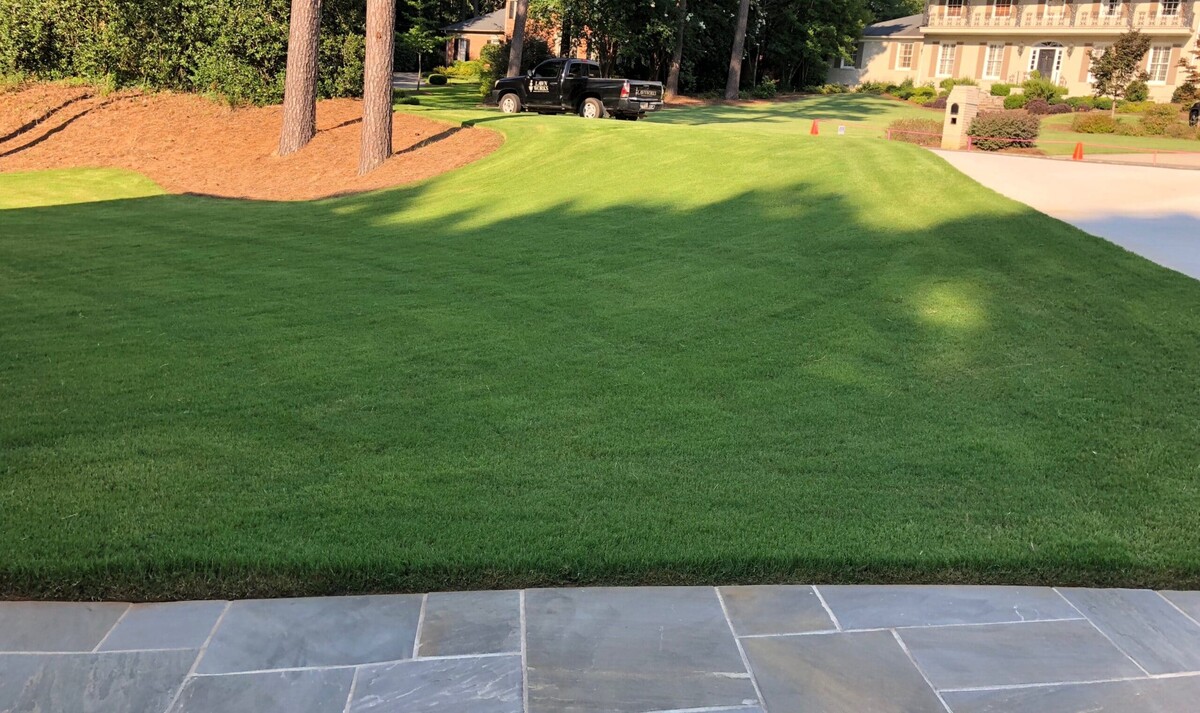

0 thoughts on “When Is A Good Time To Cut The Grass”